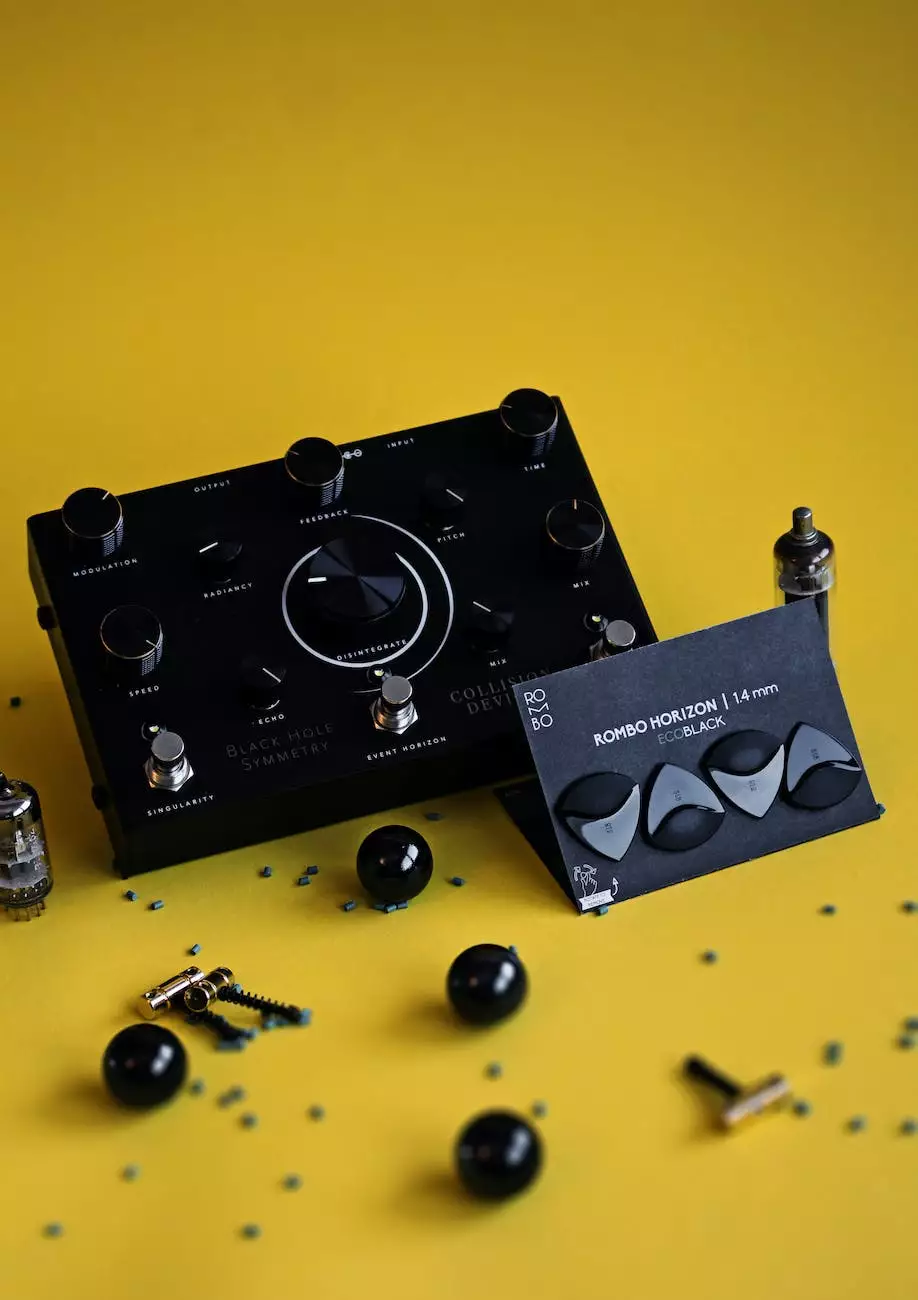Dust Mite Information & Facts | Everything You Need to Know
Blog
Introduction
Welcome to Southside Fixtures, your reliable source of comprehensive information and facts about dust mites. In this informative guide, we aim to provide you with valuable insights on everything you need to know regarding these microscopic creatures that can often be found within our homes.
What Are Dust Mites?
Dust mites are tiny, eight-legged arachnids that belong to the same family as spiders and ticks. These minuscule creatures measure only about 0.2-0.3 millimeters in length, making them nearly invisible to the naked eye. Despite their small size, they can cause significant discomfort for those who are allergic or sensitive to their presence.
Where Do They Live?
These pesky creatures can be found in various areas of our homes, but they thrive in environments with warmth, humidity, and a steady supply of their preferred food source: human and pet dander. Common areas where dust mites are often found include bedding, mattresses, upholstered furniture, carpets, and curtains.
Health Risks and Allergies
Dust mites are notorious for triggering allergic reactions in susceptible individuals. Their microscopic droppings contain proteins that can become airborne and be inhaled, leading to symptoms such as respiratory issues, sneezing, coughing, itching, and watery eyes. Prolonged exposure to dust mites can also worsen conditions like asthma and eczema.
Allergen Avoidance and Control
To alleviate the negative effects of dust mite allergies, it is essential to implement effective allergen avoidance and control measures. Southside Fixtures offers expert advice and practical tips to help you create an environment that is less welcoming to these unwelcome guests.
Regular Cleaning
Regular vacuuming of carpets, upholstery, and curtains using HEPA-filtered vacuum cleaners is vital in minimizing dust mite populations. Additionally, washing bedding and linens in hot water (above 130°F) can help eliminate these microscopic pests.
Reducing Humidity
Lowering indoor humidity levels to below 50% can deter dust mites from thriving. You can achieve this by using dehumidifiers or ensuring proper ventilation in areas prone to moisture, such as bathrooms and basements.
Encasing Mattresses and Pillows
Encasing mattresses, pillows, and duvets in allergen-proof covers creates a barrier that prevents dust mites from colonizing these areas and reduces exposure to their allergens. Regularly washing these covers in hot water is also recommended to maintain cleanliness.
Choosing Suitable Flooring
Opting for hardwood, tile, or vinyl flooring instead of wall-to-wall carpets can minimize dust mite populations as these surfaces are easier to clean and less likely to harbor allergens. Frequent damp mopping can effectively remove dust and minimize dust mite proliferation.
Conclusion
By familiarizing yourself with dust mites and implementing effective control measures, you can create a healthier living environment for you and your loved ones. Southside Fixtures remains committed to providing the most up-to-date information and practical advice to help you combat dust mite allergies. Take control of your home and breathe easier today!
Additional Resources
- Dust Mite Prevention Tips
- Dust Mite Allergy Management
- Choosing the Right Vacuum for Dust Mite Allergies
- Best Mattress Covers for Dust Mite Allergies




